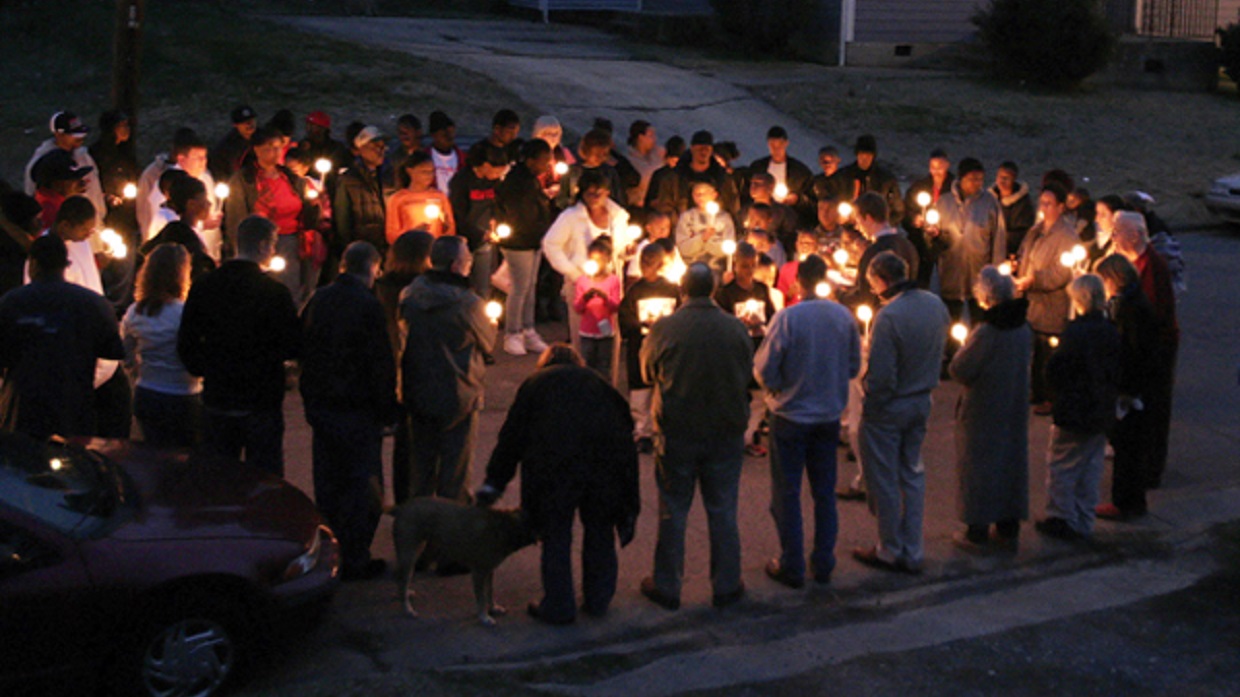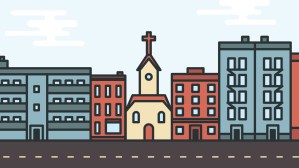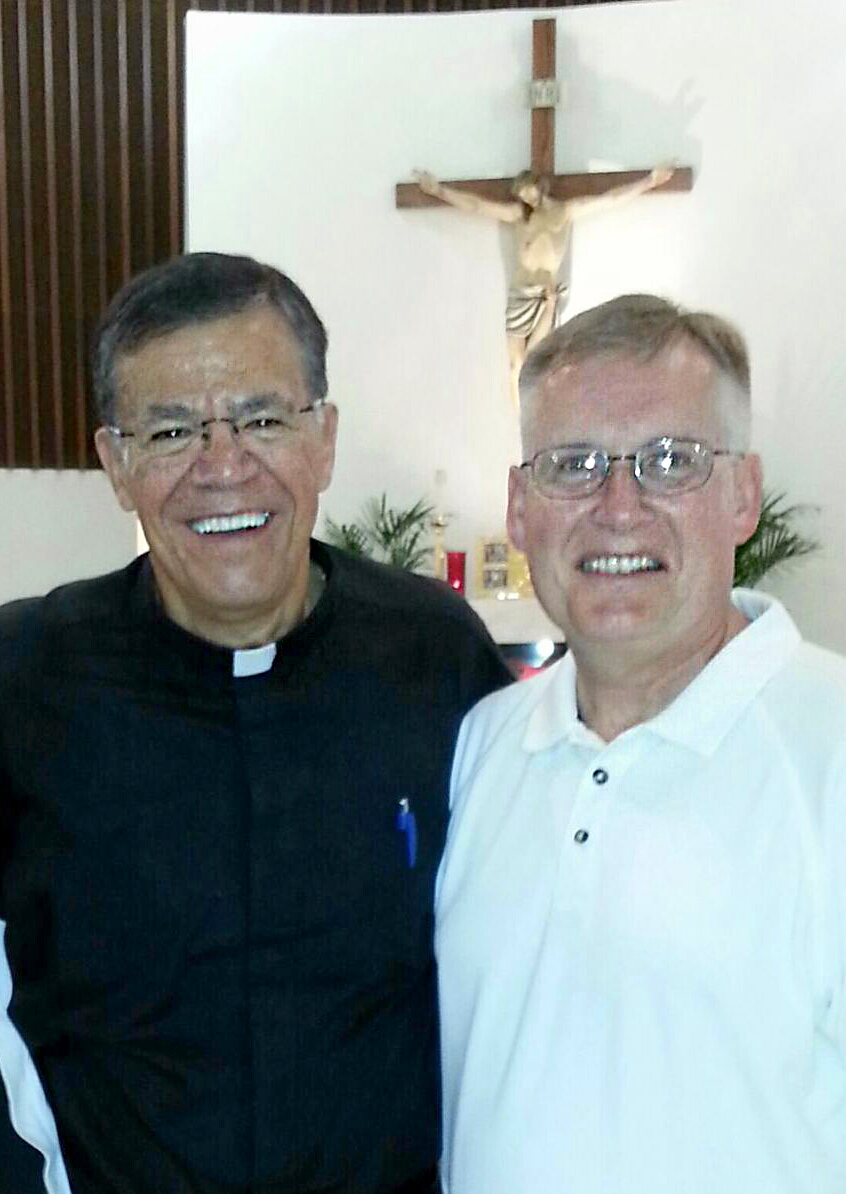In this series: Engaging Your Local Community
Faithfulness in ministry isnt just keeping the doors of the church open, hoping people will walk in. It means finding ways to take the good news to them, whether they are in another neighborhood, subculture, language group, or country. The articles in this Common Challenge will help you extend your ministry to those who need it most.
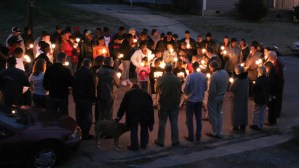
On October 27, 1994, Armando Mendez’s car ran out of gas five blocks from his home near downtown Aurora, Illinois. When he pulled into a gas station, five gang members ambushed and started beating him. As the dazed and bloodied Mendez tried to escape, one of the gang members shot and killed him. Armando Mendez, a community college student, former high school football player, and beloved son, was dead at the age of 19.
By the end of the year, Aurora had logged 15 execution-style or drive-by murders, most gang related. Eventually Aurora, the second-largest city in Illinois, caught the attention of the national media. A U.S. News & World Report claimed that Aurora’s Police Department was “moving from shooting to shooting so quickly they could hardly keep up, much less close cases.” As businesses and factories fled the deteriorating East and West sides of the city, gangs moved in, vying for their stake of turf. As Greg Thomas, the police chief at the time, told FBI agent Paul Bock, "The only problem with Aurora is there's about 50 or 60 people who shoot people for fun." Thomas later added, “It was not a good time to be in Aurora. … It was horrible.”
And it only got worse. The next year, there were 24 murders. In 1996, the city tallied 26—three times the national average. Aurora was reeling from the violence.
But then the murders stopped. Not overnight of course. The murder rate rose and then dipped and rose and dipped again, but by 2006 it dropped to six. In 2008 it plummeted to two. And then, astoundingly, in 2012 Aurora had its first murder-free year in decades.
Some people credited innovative, aggressive tactics from the police. Others pointed to the leadership of the mayor and city government. Both factors were important, but many people, including former Police Chief Greg Thomas and Aurora’s local newspaper, also praised the steadfast work of two gritty local pastors—Dan Haas, the pastor of a non-denominational, charismatic church, and David Engbarth, a Catholic priest at a largely Hispanic congregation.
The Ministerial Odd Couple
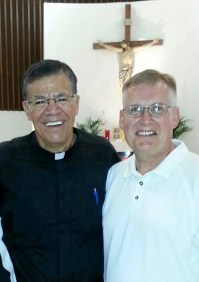
As a post-college Aurora native, Haas had grand plans to ditch his hometown and move to Washington, DC. But when the federal government put a freeze on hiring in 1974, Haas got “temporarily” stuck in Aurora working as a roofer, and God started working on his heart. Looking at the city from his perch on a factory roof, Haas sensed God saying, “Look at this broken city from my perspective. I love this city. And there’s a revival coming, Dan. Will you stay in Aurora and join my work?” So he stayed.
But he also became convinced that the waters of revival would only flow through the vessel of a unified Church—and that needed to include the large Catholic churches in Aurora. After falling in love with his broken city and launching Aurora Community Church, Haas prayed for ministry partners to join him. To his delight, he found a message on his answering machine from Fr. David Engbarth, a Jesus-loving man deeply influenced by the charismatic movement sweeping through the Catholic Church. Engbarth’s St. Nicholas’ Church sat smack in the middle of rival gang warfare. This ministerial odd couple became loyal friends and prayer partners, meeting regularly to fast, pray, and study what the Bible said about violence. They were both driven by a hunger to see Christ reign over their city.
In the fall of 1994, two rival gang members gunned down a young man from Engbarth’s church. He was the second murder victim from the same family in the same year. Engbarth couldn’t shake the sense that God was calling him to do something, but he had no idea what. So the day after the murder, the two friends came up with a desperate plan: go to the exact spot where the murder had occurred and pray. On a cold, overcast day shortly after the shooting, Haas and Engbarth went to Middle Street near the heart of downtown. Without a plan or a script, they stood on the violated ground and cried out to God for mercy for their community. Engbarth told us, “In God’s providence, this was our marvelous beginning.”
Then they kept showing up. After every new homicide, Haas and Engbarth came to pray where the blood had been shed. With their newly-named Prayer Coalition for Reconciliation, they took their stand at 24 murder sites in 1995 and then 26 in 1996 and 20 in 1997, and so on.
The Lonely Stand
At first they received a mixed response. The poor people welcomed the vigils. At last, they said, someone is speaking out against this plague of violence. But Haas and Engbarth received far less sympathy from Aurora’s business leaders, some of whom feared (perhaps legitimately at the beginning) that the attention would drive even more people away from the downtown’s struggling shops and offices. According to one report, “Funeral parlors refused to hold services for slain teens, fearing, with good reason, that reprisal gang attacks would come at the gravesides.” A few people muttered that more gangbanger deaths would help weed out the troublemakers. Engbarth said, “On a few occasions, a gang member threatened a drive by shooting if we went ahead with a prayer vigil. But I said, ‘We can’t let anything stop us. We just have to keep trusting the Lord.’”
Without a plan or a script, they stood on the violated ground and cried out to God for mercy for their community.
Fortunately, Haas and Engbarth found two major supporters of their lonely vigils: the local newspaper and the Aurora Police Department. During intense seasons of violence, Haas and Engbarth met with the police on a regular basis, connecting neighborhoods to the police, encouraging neighborhood watches, and breaking down barriers between the police and the Latino community. The APD frequently met with the ministers and attended the vigils. “During some of the most intense violence,” Haas said, “we were at the police department a couple times a week. The police wanted to be a part of the coalition because they knew increased trust with the local community would lead to more witnesses, more convictions, and ultimately more safety.”
Haas and Engbarth kept plodding along, with or without the community’s approval. They believed that solving the violence problem in Aurora would take a collective, community effort. The Church in the city had to do what only the Church could do. As Haas told us, “Murder is a deeply spiritual problem. In the Bible, the shedding of innocent blood pollutes the land. Only God can cleanse that kind of pollution. Also, when basic Christian values crumble—like fear of God and his Word, healthy family structures, and the dignity of human life—violence seeps through the broken foundations. Murder requires a spiritual solution. It shows our need for Christ and for his healing.” Engbarth added, “We never thought that we would pray and that’s all. But we knew prayer had to be our foundation. Through prayer, the Lord showed us how to act.”
They continued their seemingly inconsequential prayer vigils, one murder at a time. As the murder rate continued to climb, Engbarth feared the violence would spiral completely out of control. Haas was overcome by the sheer brutality of the killings, most of which were cold-blooded, execution-style murders. But then two watershed tragedies opened the floodgates of both sorrow and hope. On February 17, 1995, Moshe Rogers, a nationally scouted 6-foot-5-inch basketball star at Aurora Central Catholic High School and an innocent bystander, was caught in a gang shooting and died two days later. Nearly 1,000 people showed up for his prayer vigil. Haas said, “The narrative changed from ‘let those kids kill each other’ to ‘this could have been my child.’ Every life became valuable.”
Less than a year later, while the city was still grieving, five-year-old Nico Contreas was sleeping at his grandparents’ home in the bedroom of his uncle. At 4 a.m., a drive-by shooter lit up the uncle’s bedroom, hitting Nico in the back with four bullets. Little Nico died instantly. Engbarth called it “Aurora’s second wakeup call.” After another 300 people attended Nico’s vigil, Engbarth told The Chicago Tribune, “Our challenge now is not to give in to despair. We want to raise a strong, moral voice against this insanity.”
The Expanding Movement
People started seeing Haas and Engbarth’s Prayer Coalition for Reconciliation in a new light. At one point, at least 70 churches were gathering at the vigils, praying for an end to the violence, ministering to the victims’ families, and seeking God for revival to cleanse the desecrated land and transform people’s hearts—even the gang members’ hearts.
Haas and Engbarth started asking other pastors near each homicide to participate and lead the vigils. As Haas told us, “We never intended it to be the ‘Dan and Dave Show.’ We just wanted to ensure that every vigil focused on the central issues of the gospel, invoking Jesus Christ as the true healer of broken human hearts.” Engbarth concurred. “From the very beginning we knew it would take a coalition. The issue was so evil, so demonic, that it would take many churches, plus the local government, the police, social services, and the schools.”
Early in the vigil movement, Haas also started another prayer practice: every fall he took three days to walk around the entire perimeter of Aurora—all 50 miles. This was part of the City of Aurora’s annual Week Without Violence. While in prayer, Haas became convinced that a demonic spirit was bent on perpetuating the cycle of bloodshed. Then in October 2005, after a particularly gruesome homicide, God gave Haas a vision. “I will break this evil presence,” God seemed to say, “and it will happen soon!”
The narrative changed from “let those kids kill each other” to “this could have been my child.” Every life became valuable.
Like a bad fever, the murder rate started to drop. There were only four killings in 2006. That number rose again to 12 in 2007. But over the next six years, Aurora averaged fewer than three murders per year, including the murder-free 2012. Early in 2013, The Beacon News highlighted the plummeting murder rate with a large picture of Engbarth and Haas praying at an earlier vigil.
The very relieved Police Chief Greg Thomas said, “We were used to going to those community group meetings and getting beat up about violence and drugs and gangs. Now you get beat up about speeding in the neighborhood, loud music, and parking issues.” He has consistently thanked Haas and Engbarth for their resolute efforts. As for the two pastors, they just point to God. As Haas said, “God heard the cries of hundreds if not thousands of his people.” Engbarth told a local journalist, “I thank God and know that it is a miracle.”
After a near fatal heart attack in December 2013, Engbarth moved to Florida, where he has continued his pastoral ministry at a Hispanic church on Tampa’s west side. Haas still lives in Aurora, working as executive director of A Future and A Hope Foundation, a local nonprofit that equips urban communities to address “issues of poverty, violence reduction, and ex-offender re-entry into a community.”
He also continues to spearhead the vigils. On January 21, 2017, right after the first murder of the New Year, Haas was there. According to an Aurora-Beacon News article, Haas stood on the bloodied ground and told the small crowd, “God never intended that we would kill one another or shed one another’s blood. God sent his Son to die for our sins. Murder is a moral and spiritual issue. It requires a change of heart and mind, and God has to be a part of that.”
It’s the same message Haas and Engbarth stumbled into and then fleshed out back in 1994—sometimes at the risk of their own lives. As Engbarth told us in March 2017, “The Body of Christ has so much potential. The church is a sleeping giant that has to wake up. It took a series of tragedies, but the church in Aurora, Illinois woke up.”
And when it did, it birthed a beautiful, violence-defeating movement. What could happen if the sleeping giant in your community woke up?
Matt Woodley serves as the editor for PreachingToday.com and the pastor of Compassion Ministries at Church of the Resurrection in Wheaton, Illinois.
Trevor McMaken is pastor of the City of Light Anglican Church in Aurora, Illinois.

